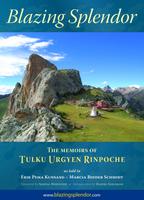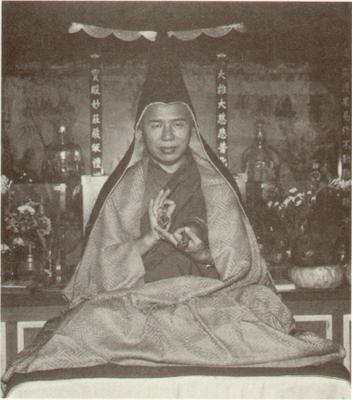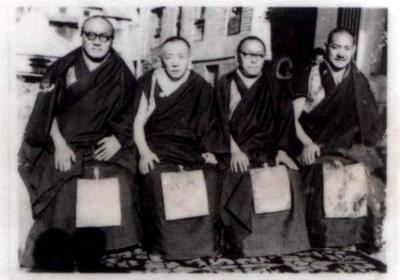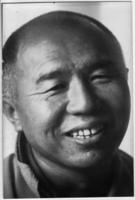Hi Everyone:
Here is my announcement to the Riwoche Sangha in Toronto of the September 24 reading that we will be hosting. It also has a fuller review of my own impressions of this wonderful book:
Dear Sangha:
Although Chokling Rinpoche is not able to come to Toronto this year,we are fortunate to host an exciting event as part of the launch tour for the memoirs of Tulku Urgyen Rinpoche: "Blazing Splendor:The Memoirs of Tulku Urgyen Rinpoche."
The book's editor, Michael Tweed will be at the temple to read excerpts from the book and show video of Tulku Urgyen Rinpoche teaching. The event takes place at the Riwoche Temple, Saturday September 24 at 7:30 PM. There is no charge for admission. Donations, as always, will be accepted.
Having recently finished the book, I can tell you that it is a great read on several levels:
It gives a wonderful account of the three great tertons, Chokgyur Lingpa, Jamyang Khyentse Wangpo and Jamgon Kongtrul. The way these three worked together to reveal and transmit dharma teachings that are now being practiced all over the world is one of the truly great spiritual renaisances to have ever taken place in history. The book gives a vivid sense of how the confluence of these three great rivers produced a mighty torrent of benefit for all those of us who have stood "downstream" ever since.
For anyone practicing the Chokling Tersar lineage, it is an excellent primer on the lineage holders, their lives, miracles and all their human idiosyncracies. Although it is very respectful, Tulku Urgyen Rinpoche presents these men and women as fully human, so the stories of their lives are as likely to set you laughing on one page as crying on the next. It really deepens the experience of saying the lineage prayer at the start of the Trinley Nyingpo practice, to have a fuller picture of who these people were.
For anyone with a connection to the Longchen Nyingthig, there are wonderful accounts of Patrul Rinpoche, HH Dudjom Rinpoche, HH Dilgo Khyentse Rinpoche, Chatral Rinpoche and Nyoshul Khenpo Rinpoche - all very important teachers and root gurus of our own teacher, Khenpo Sonam Rinpoche.
The book opens with an account of the length to which Tulku Urgyen Rinpoche's grandmother went to be sure that the Chokling Tersar would continue to be transmitted. It continues all the way through with accounts of her activities and those of other esteemed women in the lineage. Something that is often rare in spiritual biographies of this kind.
It is also an excellent account of the last days of a free Tibet and the struggles that various lamas went through in escaping to freedom to the West.
The real beauty of the book, however, is that within these very engaging "stories" lies a treasure trove of rich dharma teachings in easy to understand language, that are immediately applicable to our practice.
The best way to learn is when we don't even realize that we are being taught. In an effortless way, Tulku Urgyen tells one fascinating story after an other. Once we reach the end, we realize that we have learned valuable truths about how to apply the richness of the Dzogchen tradition itself.
There is an excellent glossary (also online) with helpful definitions and explanations of various Dzogchen practices, termas, lineage holders, etc.
http://rangjung.com/blazingsplendor/blazing-glossary.htm
Best of all, Erik Pema Kunsang, Marcia Binder Schmidt and Michael Tweed (to whom these stories were told by Tulku Urgyen Rinpoche) have managed to effectively capture Tulku Urgyen's "voice." Although I never met him personally, the style of writing conveys a true human (if extraordinary) individual. I came away from reading the book with a sense that I had been there too, sitting at his feet hearing these wonderful teachings myself.
Many thanks are owed to all those who put so much effort in sharing their personal blessing with the rest of us.
The book can be ordered through the following link, and Michael will bring copies for purchase on the night of the reading.
http://rangjung.com/blazing/
http://blazing-splendor.blogspot.com/
I hope to see you there.
Rigzin
http://rigzinsblog.blogspot.com/

















